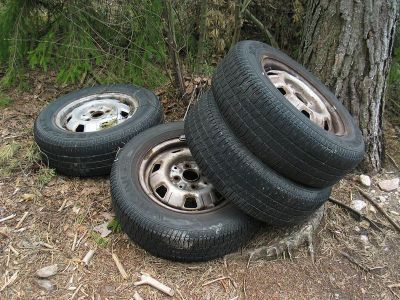
Close to 6 million tonnes of used tyres have been illegally dumped or landfilled. An innovative and cost-effective recycling process that yields high-end products will increase the competitiveness of the tyre reclamation industry and encourage recycling.

Modern medicine seems to increasingly depend on advances in nanotechnology. European scientists used diamond nanoparticles to develop novel strategies for fighting off bacterial infections.

An EU team aimed to develop software error-removal tools specifically for differential privacy uses. The developments address resource consumption and privacy budget, with the prototype algorithm showing improved performance.

EU-funded research is providing an in-depth analysis of the evolution of labour market policies, employment policies and social policies. Specifically, the project is qualitatively and quantitatively assessing the labour market position of vulnerable groups from 2000 forward.

A genetically modified (GM) virus-resistant plum may pave the way for the introduction of other GM fruit trees to Europe. This could help European fruit trees resist new pathogens that are now being introduced to Europe and the spread of existing pathogens due to climate change.

There is much to be gained from examining the impact that international procedures have on prosecution rates before national courts. In so doing, it illuminates the problems of the international community's limitations regarding mass atrocity situations in order to make improvements.
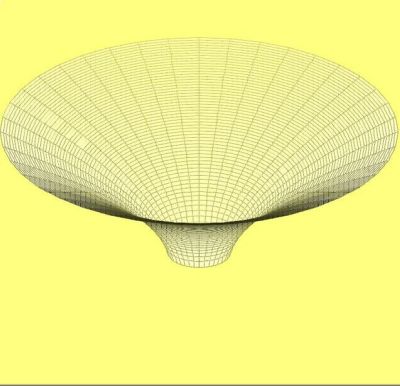
Analysing the extraordinary properties of black holes in a higher-dimensional Universe has provided EU-funded physicists with valuable insights about both classical and quantum gravity.

A recent project has promoted the use of new digital tools for water research in Morocco through training and better integration with the EU.

An investigation into the interplay of growth policies and their impact on prosperity sheds light on how growth drives the economy.

A major obstacle to developing optical atomic clocks has been the difficulty of directly measuring optical frequencies. Now, scientists are opening the door to a new era of atomic clocks and high-precision spectroscopy by exploring new techniques such as femtosecond frequency combs.

As Europe evolves on several fronts, from border transformations to family lifestyles, the EU is looking at how the labour market will be in 2025. An EU initiative produced new conclusions and recommendations to improve the market over the next two decades.

As social and cultural diversity intensifies across Europe, the resulting exposure to counter-stereotypes affects how citizens think and solve problems. An EU initiative studied how challenging stereotypes shapes the ways people reason and come up with creative ideas.

Several negative environmental and public health outcomes are associated with the quick spread of cities into neighbouring regions. An EU initiative proposed solutions to unrestrained expansion.

A major training network helped develop the careers of experienced and early-stage researchers in the field of archaeometry or archaeological science. In parallel, they explored the origin and impact of dairying in Europe, seeking to determine whether or not milk was part of a so-called secondary product revolution.

High-voltage submarine cables are necessary to transmit offshore wind energy. An EU-funded project is developing an innovative system that traverses the seabed to prevent their damage.

As national economies become more dependent on each other, governments face new risks in cross-border taxation. An EU initiative is examining tax laws to deal with issues raised in the debate over EU taxation and third countries.

An EU-funded project has contributed new knowledge to the field of consumer research. It critically extended theory and methodology related to studying consumer knowledge and its impact on product choice.

Expanding knowledge and achieving public awareness of interpersonal, intercultural and diplomatic perspectives is highlighted in social-cognitive and functional aspects of international negotiation.
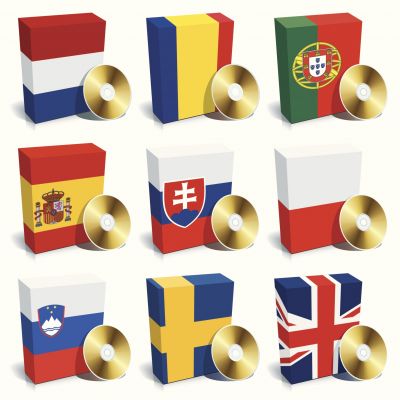
EU funding has supported a study of the nature of language variation (logodiversity) through the development of a new theoretical framework. The focus was on the many factors as well as limits of the design of the human language faculty.
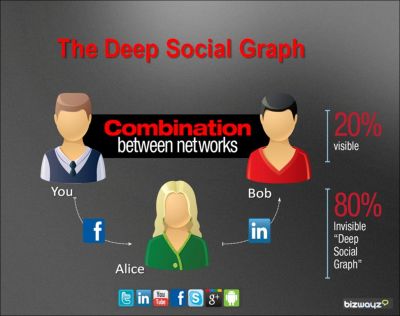
Social media has become an integral part of marketing strategies, but current tools for monitoring and analysis are proving ineffective in measuring campaign impact and return on investment. An EU initiative is creating the technology to improve the efficiency of social media campaigns.

Resistance and friction are relatively simple physics concepts yet, to date, design of anti-slip soles has relied primarily on intuition. Computer-based design tools will offer a major improvement, both for the shoes and their manufacturers.
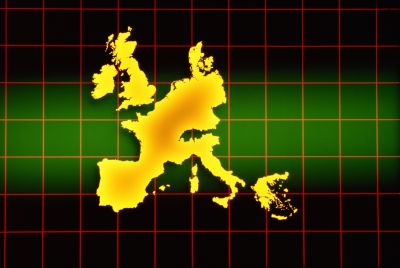
European citizens’ cross-border practices highlight the everyday meaning of being European

Synthetic biology deals with the re-design of natural biosynthetic pathways for the production of specific molecules. A European project followed this approach to produce natural compounds with bioactive potential.
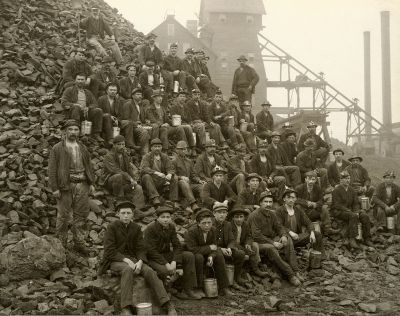
Examining the precarious self-organising of workers and the collective resistance under globalised capitalism provides new insight into social cohesion and employment conditions.

Scientists have long thought that the first stage of visual processing consists of forming a picture of the entire visual scene, while later stages focus on parts of the scene and extract information relevant for behaviour. Using advanced functional neuroimaging, an EU-funded project has provided evidence to support an alternative hypothesis.























